If you want to know about Martin Scorsese’s real phone number and also looking for Martin Scorsese’s email and fanmail address then, you are at the correct place! We are going to give you the contact information of Martin Scorsese like his phone number, email address, and Fanmail address details.
How do I send a fan mail to Martin Scorsese?
Do you have a doubt about how to write a fan letter to Martin Scorsese? Please write a well-written fan letter in which you express your warm wishes, love, opinions, and pleasant greetings. A fan letter should be as short and sweet as possible. Remember to mention your favorite films, series, or shows. Please take note of Martin Scorsese’s fan mail address, which is listed below:
Martin Scorsese Contact Details:
REAL NAME: Martin Scorsese
NICKNAME: Martin Scorsese
DOB: 17 November 1942 (age 80 years)
BIRTHPLACE: Flushing, New York, United States
NATIONALITY: American
BIRTH SIGN: Scorpio
PROFESSION: Director
FATHER: Charles Scorsese
MOTHER: Catherine Scorsese
SIBLINGS: NA
SPOUSE / WIFE: Helen Morris (m. 1999)
CHILDREN: Francesca Scorsese, Cathy Scorsese, Domenica Cameron-Scorsese
INSTAGRAM: https://www.instagram.com/martinscorsese_
TWITTER: https://twitter.com/scorsesemartin
FACEBOOK: https://www.facebook.com/scorsese
YOUTUBE CHANNEL: https://www.youtube.com/channel/UCVtOVm4PS0UBh1ww1e6SYNA
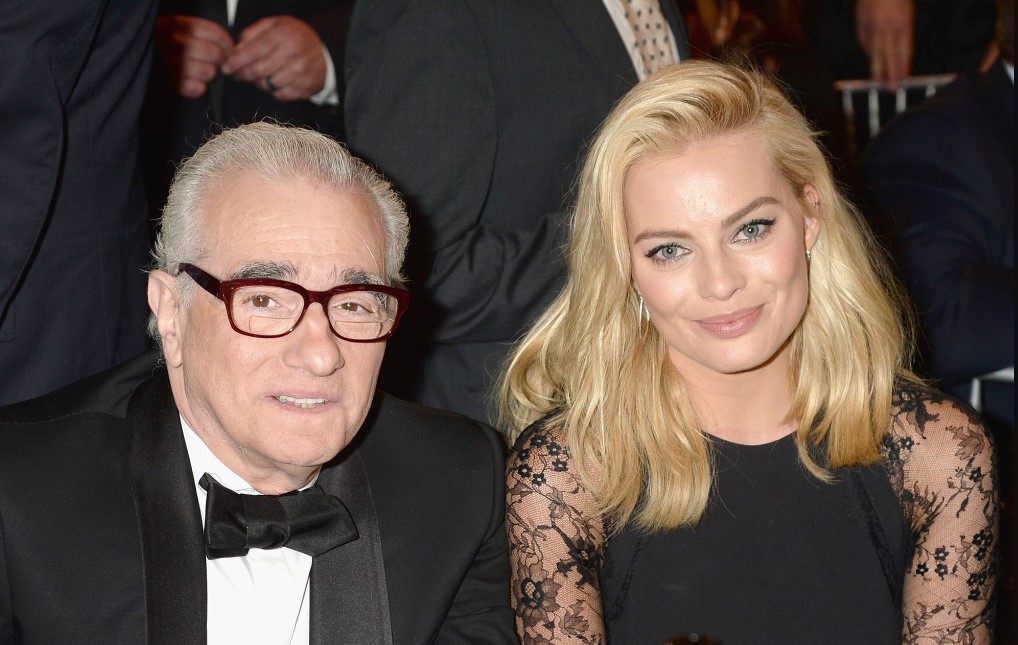 Fan mail address:
Fan mail address:
Martin Scorsese
The Film Foundation, Inc.
7920 W Sunset Blvd.
6th Floor
Los Angeles, CA 90046-3334
USA
Martin Scorsese Bio
At the time of his birth, he was given the name Martin Marcantonio as his given name. Luciano Scorsese is known for the harsh and usually brutal depiction of American society that he presents in his films. Scorsese was born on November 17, 1942, in the borough of Queens in the state of New York, United States, and has been active in the film industry ever since. Scorsese’s work from the 1970s was a tribute to his brilliance; it was daring, audacious, and beautiful simultaneously.
Even the ones that have received the highest critical accolades from critics are challenging, sometimes unpleasant, and financially unsuccessful dramas that are difficult to watch. Consequently, Martin Scorsese is widely regarded as one of the most sought-after performers in the entertainment business and a director capable of working with substantial financial resources. It is possible that he was the most influential American filmmaker of the late 20th and early 21st century due to his artistic vision.
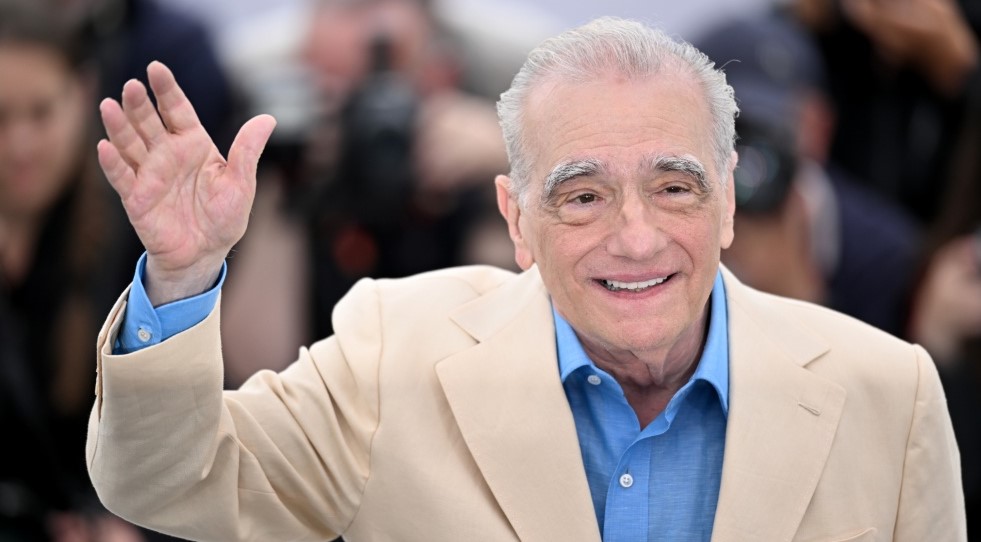
Minor Martin Scorsese, who suffered from asthma as a child, spent his formative years in the Little Italy neighbourhood of Manhattan’s Lower East Side, where he was born and raised. After failing in his efforts to join the clergy of the Roman Catholic Church, he turned his attention back to his first love: movies. He attended New York University to get a bachelor’s degree and a master’s degree in cinema, and he went on to teach film studies there. His student films drew influence from various sources, from European classics to Hollywood musicals. He even took some of his ideas from other countries.
Shorts such as “What’s a Nice Girl Like You Doing in a Place Like This?” (1963) and “It’s Not Just You, Murray!” (1964), both of which were directed by Murray, were included in this group (1964). Martin Scorsese’s debut feature-length film, Who’s That Knocking at My Door (1967), was an intimate picture of life on the streets of Little Italy in New York City. The film was released in 1967. Scorsese’s alter ego, who was horrified by the idea that his fiancée (Zina Bethune) had been raped, was portrayed by Harvey Keitel, a streetwise but sympathetic Italian American Catholic. Keitel performed the role of Scorsese. In the 1970s and 1980s, Keitel would go on to appear in a total of five other films directed by Scorsese.
Scorsese was responsible for transforming the film’s more than 100 hours of raw material from the rock concert in 1969 into a three-hour feature film nominated for an Academy Award for best documentary in 1970 and won the award. He served as an assistant director and supervising editor on the film. Scorsese was contracted to work on the film’s more than 100 hours of raw footage from the rock concert in 1969 and was nominated for an Academy Award for best documentary in 1970. Scorsese also served as the film’s supervising editor throughout production.
The decade of the 1970s saw the release of several successful movies, including “Mean Street,” “Taxi Driver,” and “New York, New York.” Scorsese’s position as one of the most famous editors of his time was reinforced by his editing work on the concert films Medicine Ball Caravan and Elvis on Tour, and he continues to be so to this day (1972). Roger Corman, the film’s producer, contacted him with the possibility of directing Boxcar Bertha (1972).
Scorsese made the most of his chances by directing a picture set in the South during the Great Depression that was dramatic but ultimately futile about a pair of train robbers played by Barbara Hershey and David Carradine. This was the most excellent use that Scorsese could have made of his chance. Scorsese’s rewriting of the subjects explored in Who’s That Knocking at My Door in a way that broke new ground was far more critical (1973). The movie is often regarded as a prime example of his early work because of its extensive use of bloody sequences, rapid-fire dialogue, and shrieking rock music. It also has a bombardment of violent scenes.
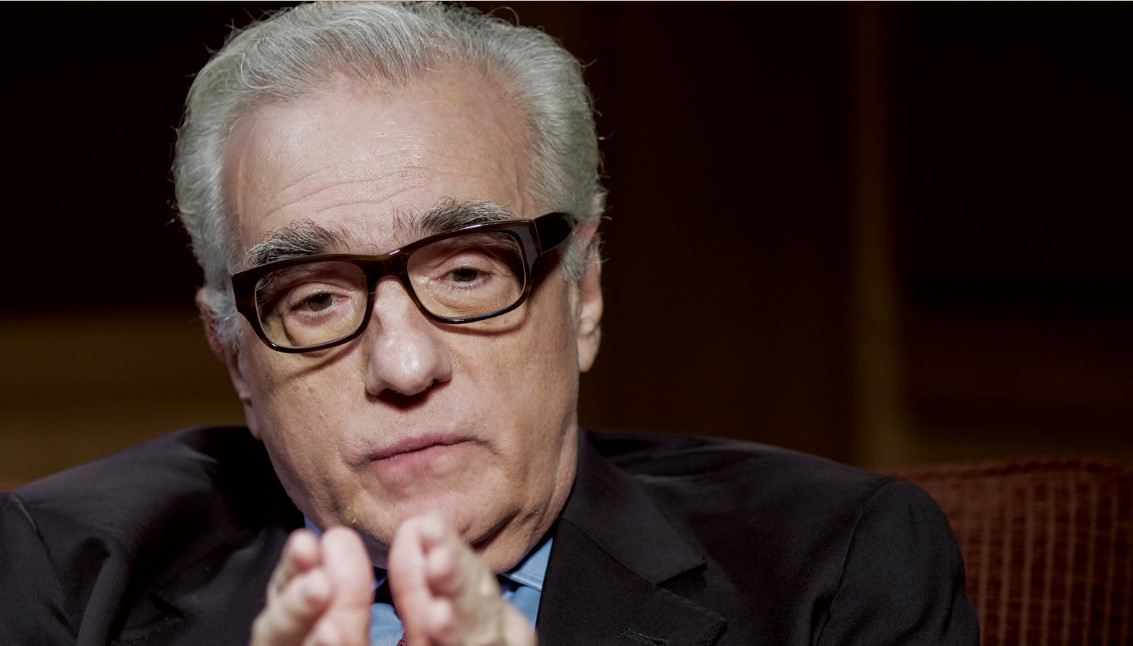 Keitel’s tragic and often humorous performances and De Niro’s explosive violence were among the many aspects that contributed to this low-budget masterpiece. Scorsese’s atmospheric locales, brutally explicit language, explosions, and stunning camera style were also significant contributors.
Keitel’s tragic and often humorous performances and De Niro’s explosive violence were among the many aspects that contributed to this low-budget masterpiece. Scorsese’s atmospheric locales, brutally explicit language, explosions, and stunning camera style were also significant contributors.
In the meanwhile, Scorsese was working on Italian American (1974), and he was also producing Alice Doesn’t Live Here Anymore (1974). This was a kinder, softer studio picture than Mean Streets, which had the pyrotechnic innovation of Mean Streets but was nevertheless interesting. After the death of her violent husband, Alice (Ellen Burstyn), along with her teenage son, decides to move her family to Fresh Mexico to start a new life for herself and her family (Alfred Lutter).
The fact that Burstyn was awarded the Academy Award for Best Actress contributed to Scorsese’s ability to convince the elite of Hollywood that he could keep his rebellious talent under control. This was an essential factor in the decision. Martin Scorsese astounded moviegoers with his picture Taxi Driver (1976), demonstrating that he could direct a conventional film in the traditional sense. This revelation came as a surprise to the public. Bernard Herrmann, who led the film, and Paul Schrader, who wrote the screenplay, did an excellent job of creating a riveting and terrifying cinema in equal measure.
The role of Travis Bickle, a pimp who holds 12-year-old Iris (Jodie Foster) in his thrall, was played by Michael Keitel in what is widely regarded as his best performance. Robert De Niro gave what is often considered his best performance in the role of Travis Bickle. Michael Keitel gave what is widely regarded as his best performance in Sport. As a direct consequence of this, Taxi Driver was honoured with three Academy Award nominations—one each for De Niro, Foster, and Herrmann—making it one of the most controversial and terrifying films ever to be considered for an Academy Award.
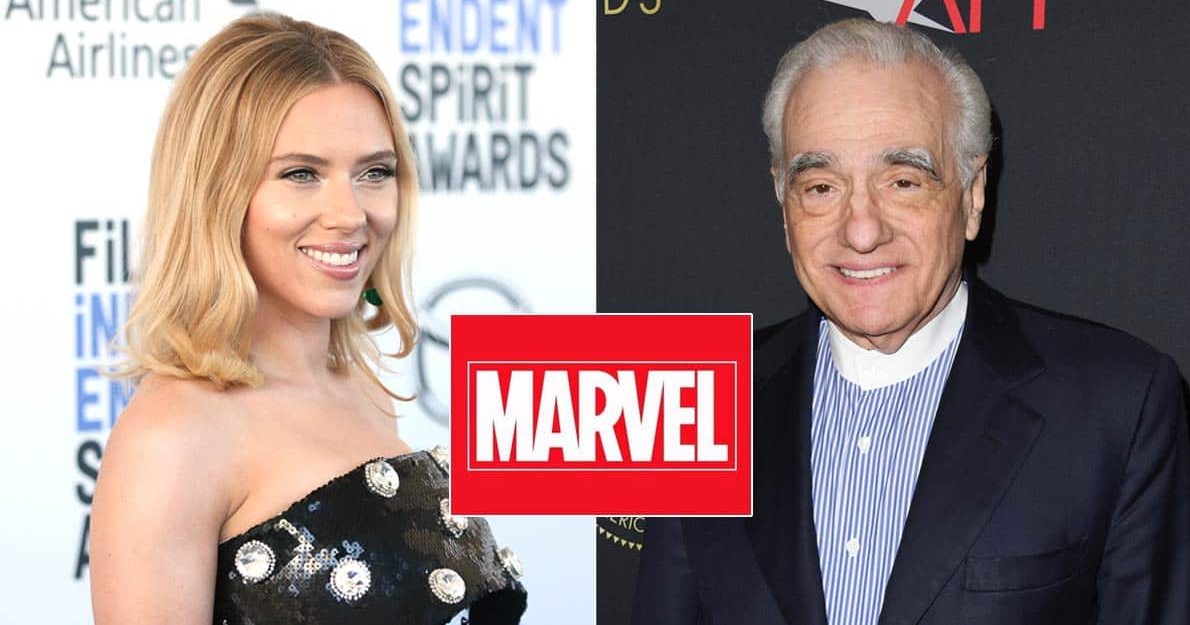
Martin Scorsese, who portrays a homicidally jealous spouse for the whole of the film, had a cameo appearance that was just a few seconds long but left a significant impression, which led to the picture being awarded the Palme d’Or at the Cannes Film Festival. One of the films Martin Scorsese directed is considered among his best. Scorsese’s New York, New York (1977), a remake of the 1950s Hollywood musical distinguished by non-naturalistic lighting and a great setting, cemented his reputation as Hollywood’s new enfant terrible and cemented his place as the director’s new enfant terrible. New York, New York was also the film that cemented Scorsese’s place as the director’s new enfant terrible. In the context of a big band, Robert De Niro portrays Jimmy Doyle, a saxophonist who works closely with Francine Evans, a talented soprano.
The picture was purposely fashioned in a similar way to other films that had been successful in the past, such as those directed by Vincente Minnelli and George Cukor (Liza Minnelli). Jimmy, a pompous and self-destructive jerk, seems unable to heal from his turbulent love affair with Francine when she is pregnant. This is even though Jimmy had been away from Francine’s pregnant belly for some time. Even in a bad role, Robert De Niro kept the audience interested, and Liza Minnelli’s performance as Judy Garland’s daughter was unsettling. Judy Garland played Liza Minnelli’s mother in the film.
Despite the widespread and generally favorable reception that the film garnered from critics, it was unsuccessful at the box office. The movie has gained a following among those passionate about cinema due to the apparent admiration it displays for the golden period of Hollywood. It is time to watch the documentary “American Boy: A Profile of Steven Prince,” released in 1978. This film is about the life of Steven Prince, a friend of Martin Scorsese’s who was a road manager for the musician Neil Diamond and also used heroin. American Boy: A Profile of Steven Prince is a film about Steven Prince’s life.
Scorsese created short films when he was a student at the Tisch School for the Arts in New York City. While a student at the Tisch School of the Arts, Scorsese directed and produced short films. It’s not just you, Murray! title=”It’s not just you, Murray!”>It’s not just you, Murray! (1964). His most well-known short film is from 1967 and is called “The Big Shave.” It is a black comedy and stars Peter Bernuth. The film critiques the role of the United States in the Vietnam War. Scorsese cites Haig P. Manoogian, a cinema professor at New York University, as a significant source of motivation for him throughout his career.
I Call First, Scorsese’s first full-length feature film, was shot in black and white in 1967 and co-starred fellow film school student Harvey Keitel. Thelma Shoemaker served as editor on the film, which would subsequently be titled Who’s That Knocking At My Door. Both of these ladies would work together for a significant amount of time. Scorsese always intended this movie to be the first of his semiautobiographical J.
Most reviewers believe that Scorsese’s latest picture lacks the studio-bound atmosphere of his previous works compared to the artistic brilliance and visual flair that have become his trademarks. Despite having a primarily adverse reaction, the movie has received positive reviews from certain reviewers. According to Richard Brody of The New Yorker, ” Scorsese was a cinephile his whole life and the film are considered to be the best representation of New York City. His retrograde homages to golden era musicals and noirish romantic sad melodramas turned out to be some of the most intimate and carefree pictures he ever made.
In 1977, Scorsese was one of the directors of a Broadway musical called “The Act,” which starred Liza Minnelli. After the underwhelming reaction that his film New York, New York got, Scorsese, sank into deep despair. He successfully found the creative force necessary to complete The Last Waltz, a documentary about the last performance performed by The Band. On the day when Americans celebrate Thanksgiving, November 25, 1976, the event took place at the Winterland Ballroom in San Francisco. It included many renowned guest artists, including Muddy Waters, Ringo Starr, Neil Young, and Bob Dylan. The movie was not released because Scorsese had already committed his time to work on other projects. In 1978, Scorsese also directed the film titled “American Boy.” The emphasis was placed on Steven Prince.
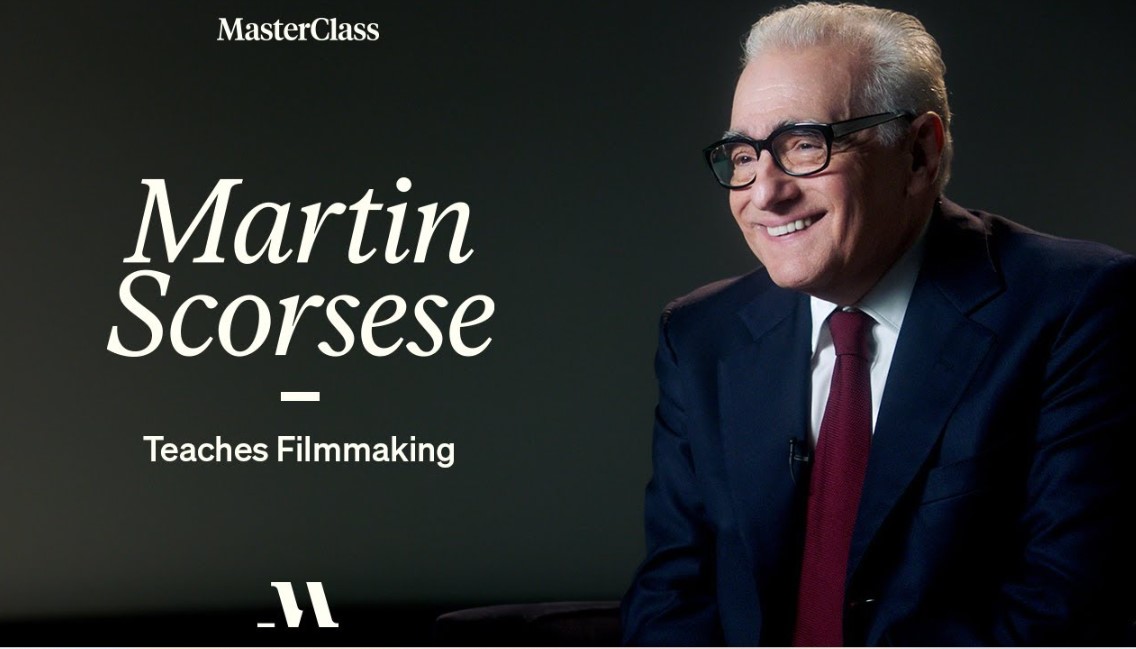
How can I request an autograph from Martin Scorsese?
Do you have a concern about how to send Martin Scorsese an autograph request? Please write a nice autograph request letter and attach a picture as well as a self-addressed stamped envelope. Don’t forget to use a piece of cardboard to write “DO NOT BEND” on an envelope. Please wait a few weeks or months for getting a reply from Martin Scorsese. Your signature request should be sent to the following address:
Fanmail Address
Martin Scorsese
The Film Foundation, Inc.
7920 W Sunset Blvd.
6th Floor
Los Angeles, CA 90046-3334
USA
What is the best way to contact Martin Scorsese?
Do you wish to get in touch with a celebrity you applaud? One method to get your message through is to contact your favorite celebrity’s agency (publicist office). Martin Scorsese’s phone number is (323) 436-5060 and the Fax number is not available.
Best Methods to Contact Martin Scorsese:
It is simpler to contact Martin Scorsese with the below-written contact ways. We have composed the authenticated and verified communications methods data as given below:
1. Martin Scorsese TikTok: NA
Martin Scorsese has TikTok Account under his own title name. He is posting his videos regularly. Follow TikTok and also get the latest updates and video recordings from his account.
2. Martin Scorsese Instagram: https://www.instagram.com/martinscorsese_
The most famous social media site is Insta. On Insta, you’ll find each person’s profile as well as a renowned person. You may also communicate with them via direct messaging if you use it. You may also use Instagram to view his Instagram profile and recent photos.
3. Martin Scorsese Facebook: https://www.facebook.com/scorsese
The most well-known social media site is Fb. Each and every renowned person’s description could well be found on Facebook. You may also connect with them by text messages or DM. You may also check their Facebook page and fresh pics by visiting Facebook.
4. Martin Scorsese Twitter: https://twitter.com/scorsesemartin
Using the famous social networking platform Twitter, it is easier to spot and contact prominent people. You can write to their Twitter handle so that he can see it and respond asap.
5. Martin Scorsese Phone Number, House Address, Email:
Here we discuss the most common contact methods like the phone number of Martin Scorsese, email address, and fanmail address.
Phone number: (323) 436-5060
Email id: NA
Read Also: Colin Trevorrow Phone Number, Fan Mail Address, Autograph Request Info and Contact Details